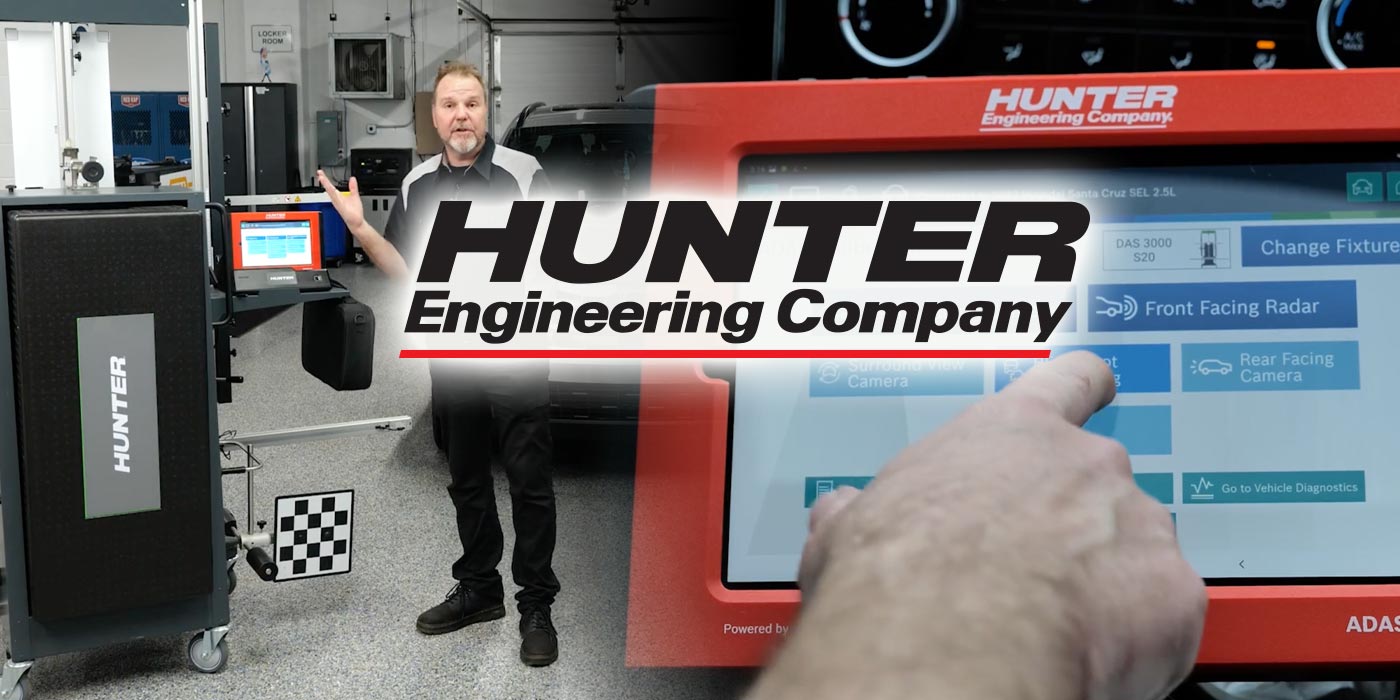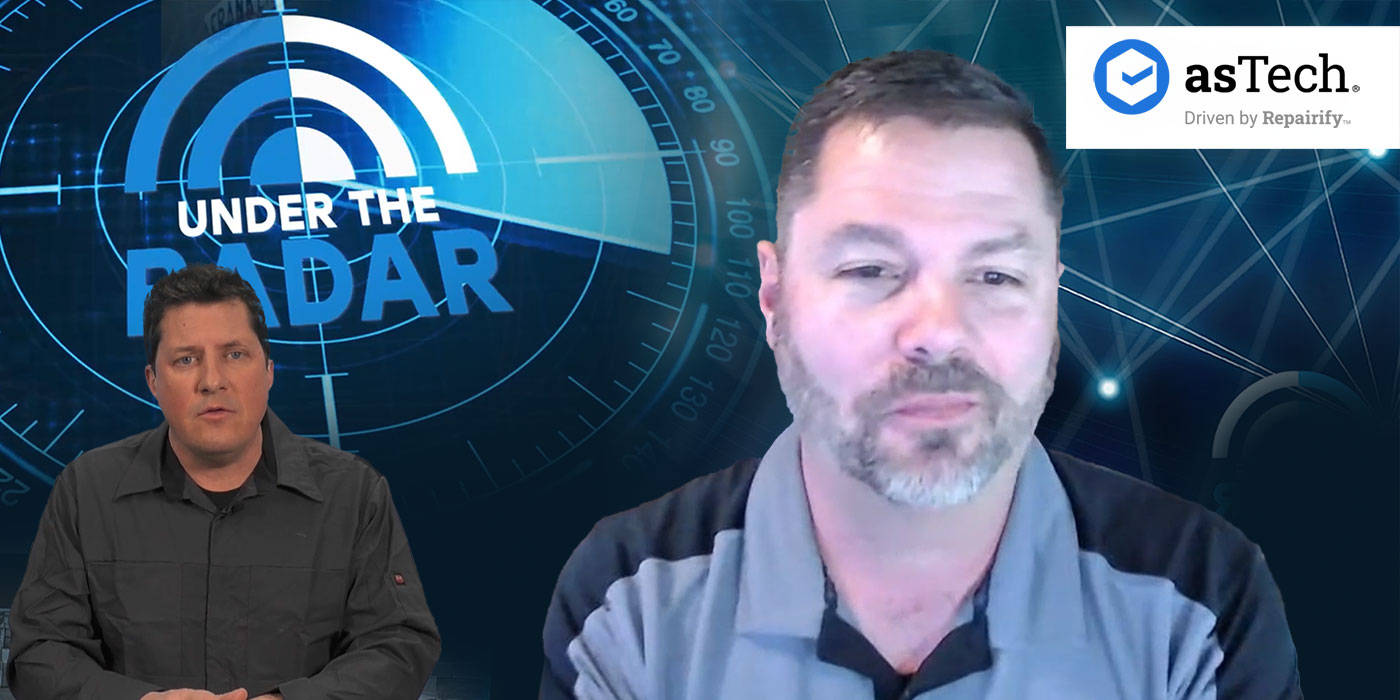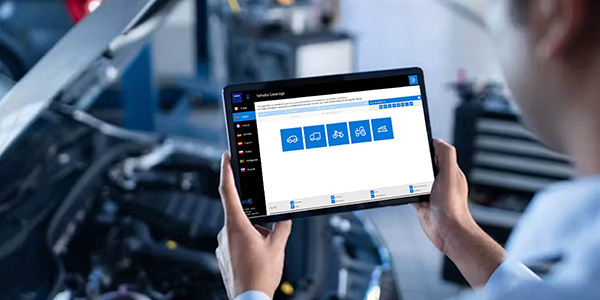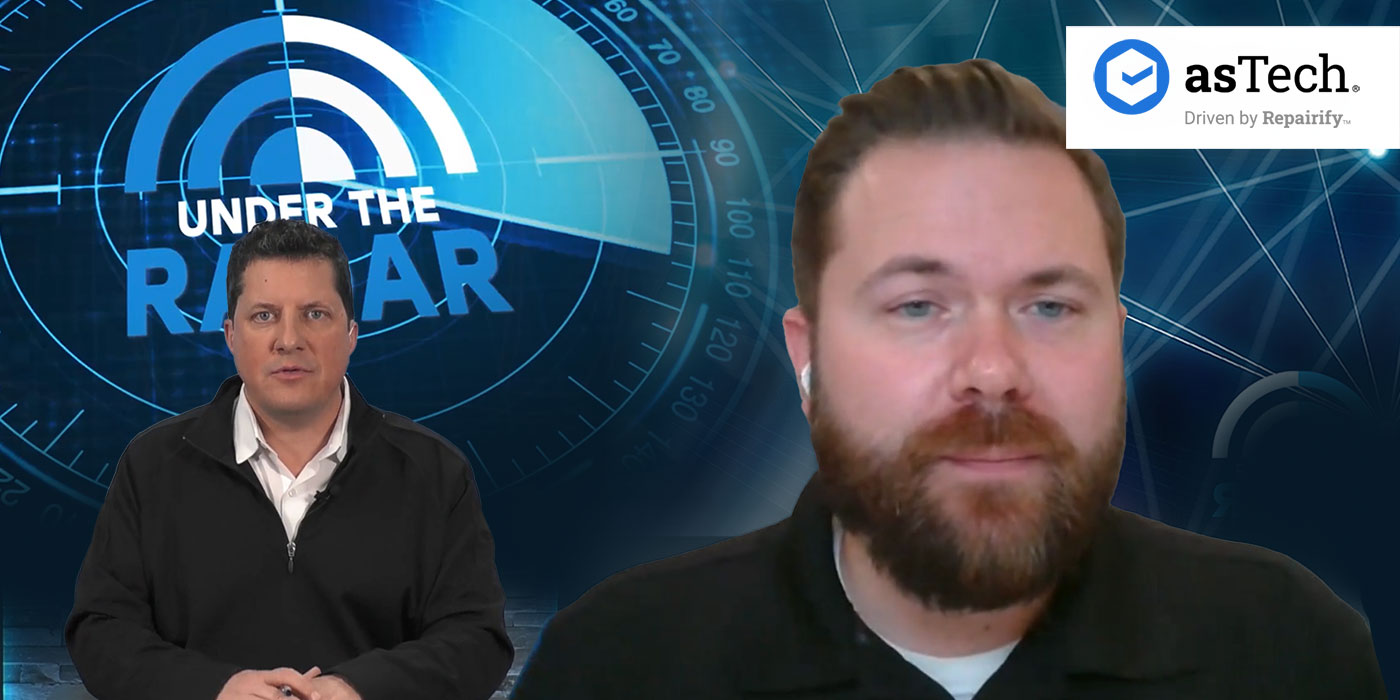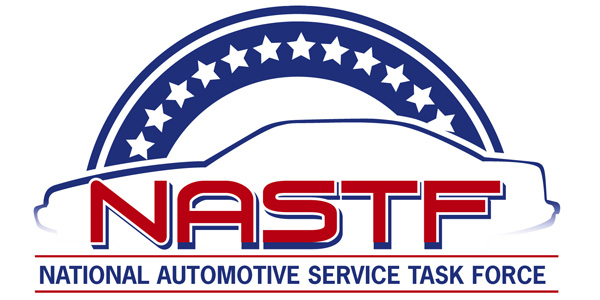
There’s a lot to discuss in collision repair these days, and the National Automotive Service Task Force (NASTF) covered a wide range of topics at its Spring 2017 General Meeting in New Orleans.
The meeting’s 11 presenters, as well as various audience members, touched on a number of issues.
Education
NASTF Chair Mark Saxonberg, principal of SCS, moderated a panel discussion on technician education, with a focus on leveraging existing programs to solve the shortage of qualified techs.
The one-hour session, “The Road to GREAT Technicians: Let’s Get Started,” examined why the aftermarket should want to better use the National Institute for Automotive Service’s Automotive Youth Educational Systems (AYES) program, with comments from panelists Trish Serratore, president of NATEF; Rick Lester, manager of Toyota’s T-TEN program; and Chris Chesney Sr., director of customer training at Carquest.
Jill Saunders of Toyota and Rob Morrell of WorldPac added insight on the NASTF Education Committee’s initiative to ensure that the industry will succeed in:
- Promotion of current industry programs
- Development of apprentice/intern standards
- Establishment of career credential tracking
- Ensuring ongoing continuing education
Collision
Tim Morgan, managing director of Spanesi Americas, talked about challenges for the collision repairer, including the use of scan tools; the need for OEM repair techniques; changing vehicle structure content; changing repair techniques; and the struggle to simply find repair procedures.
VSP Registry
Claude Hensley, owner of Lockman Florida, presented the semi-annual report on the status of NASTF’s Vehicle Security Professional Registry, revealing a 31 percent annual increase in the number of registry subscribers, now numbering more than 5,000, with 55 percent in the locksmith segment and 45 percent in the auto repair segment.
SAE J2534
Kurt Immekus, service publication specialist for Audi/VW, and Bernie Carr of Bosch discussed the status of the many SAE J2534 projects and presented a range of industry benefits from the pending adoption by industry of the 05.00 version.
Heavy-Duty
NASTF Executive Director Skip Potter reported on the recent addition of commercial vehicle OEMs to NASTF’s Service Information Request program. He noted that medium-duty OEMs are mostly compliant now with the HD MOU, but not all Class 8 truck OEMs have settled their understanding with the aftermarket of the MOU requirements or provided enough resources to launch their solution.
Potter encouraged HD technicians to file specific NASTF SIRs, which will help HD OEMs understand what technicians need and how they need it.
A full recording of the three-hour Spring 2017 General Meeting and cuts of several selected presentations will be posted to NASTF’s YouTube channel.
The National Automotive Service Task Force is a cooperative effort among the automotive service industry, the equipment and tool industry and automobile manufacturers (OEMs) to ensure that automotive service professionals employed outside the OEM franchise system have the information, training and tools needed to properly diagnose and repair today’s high-tech vehicles.










